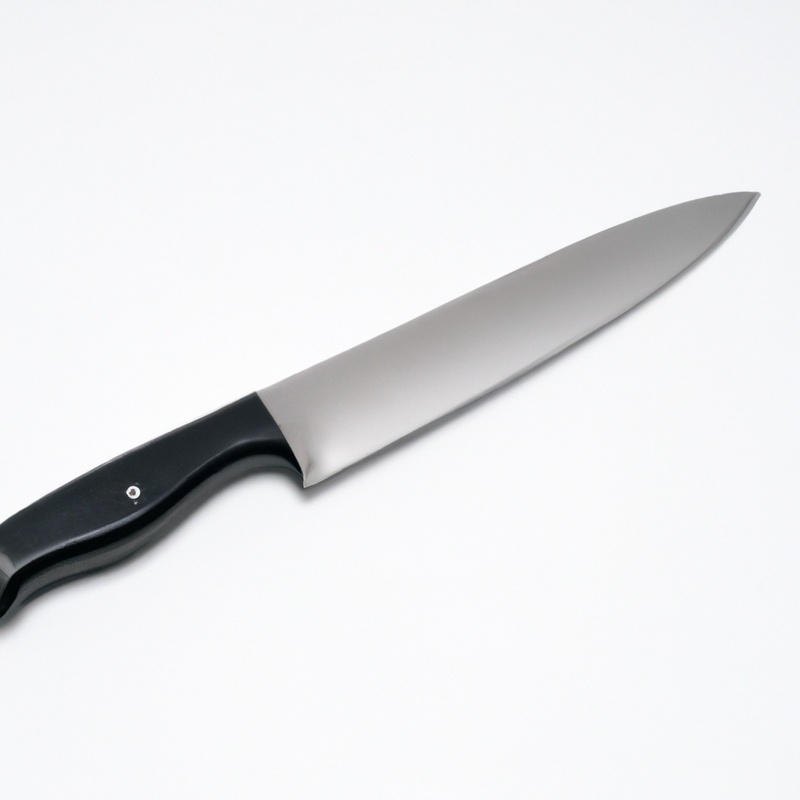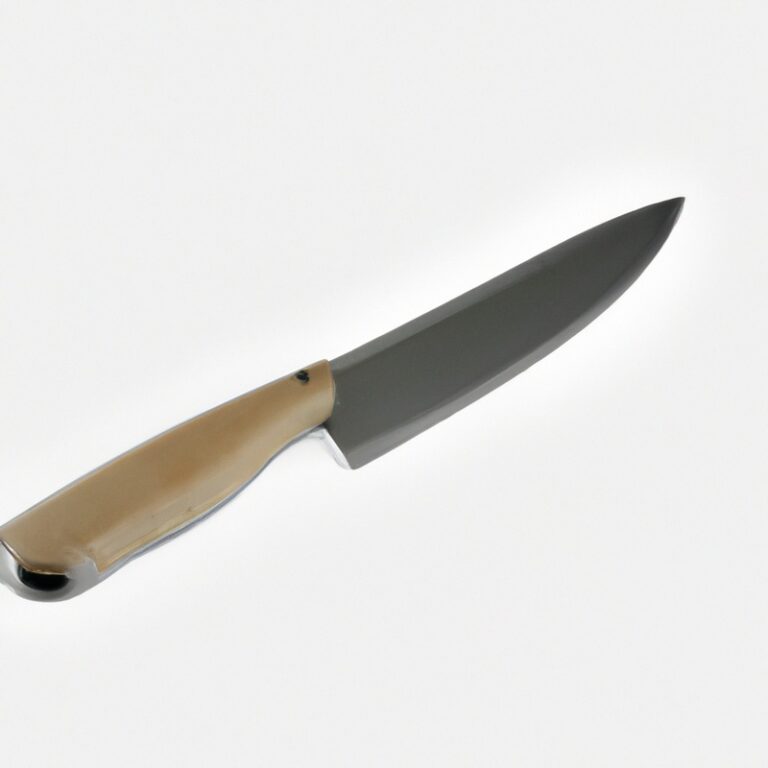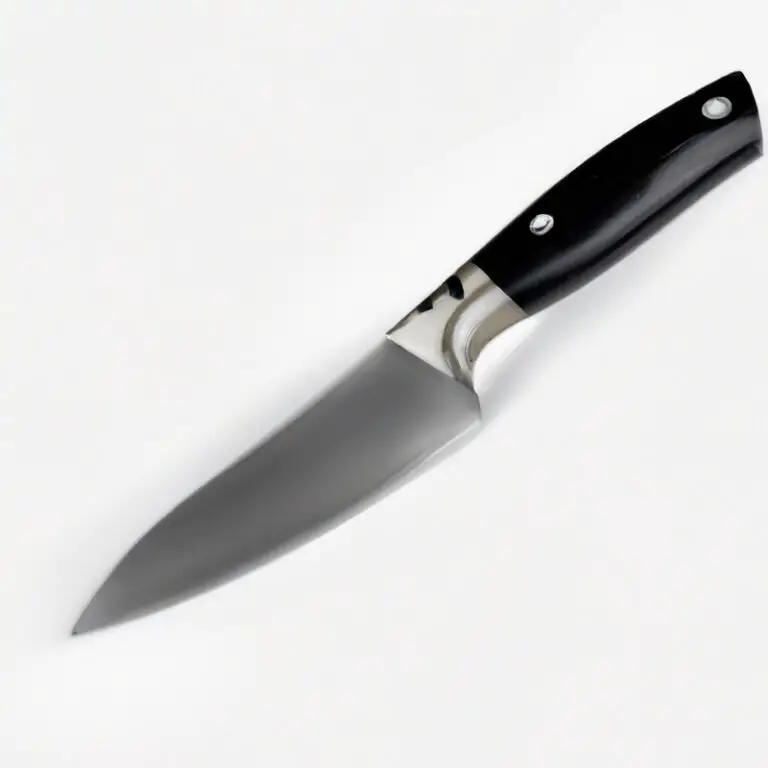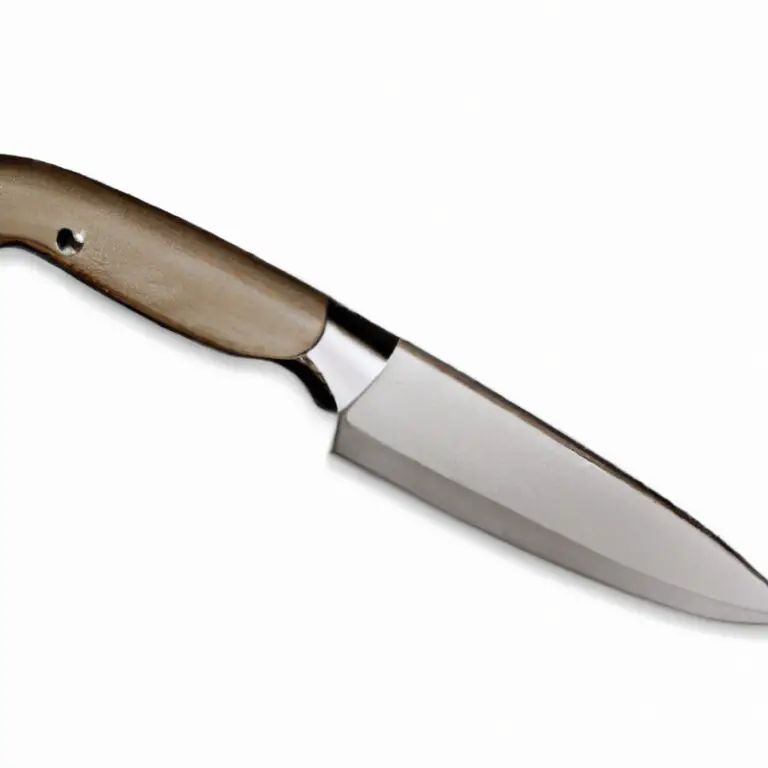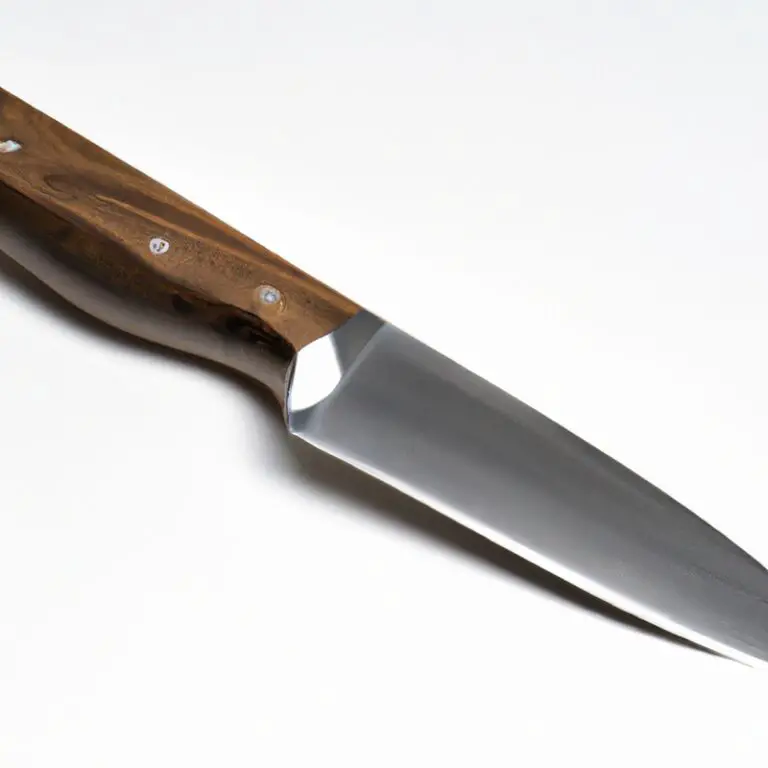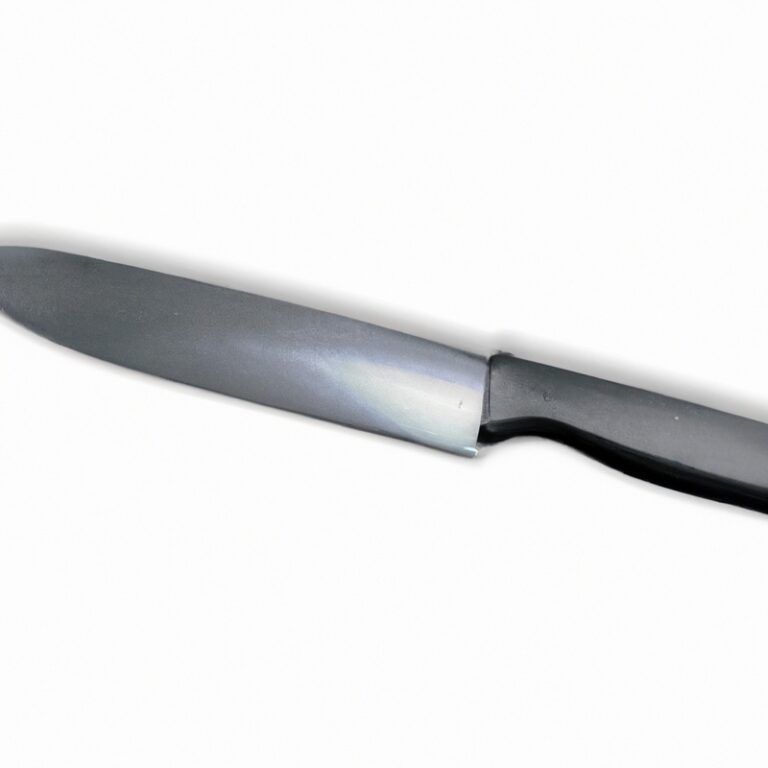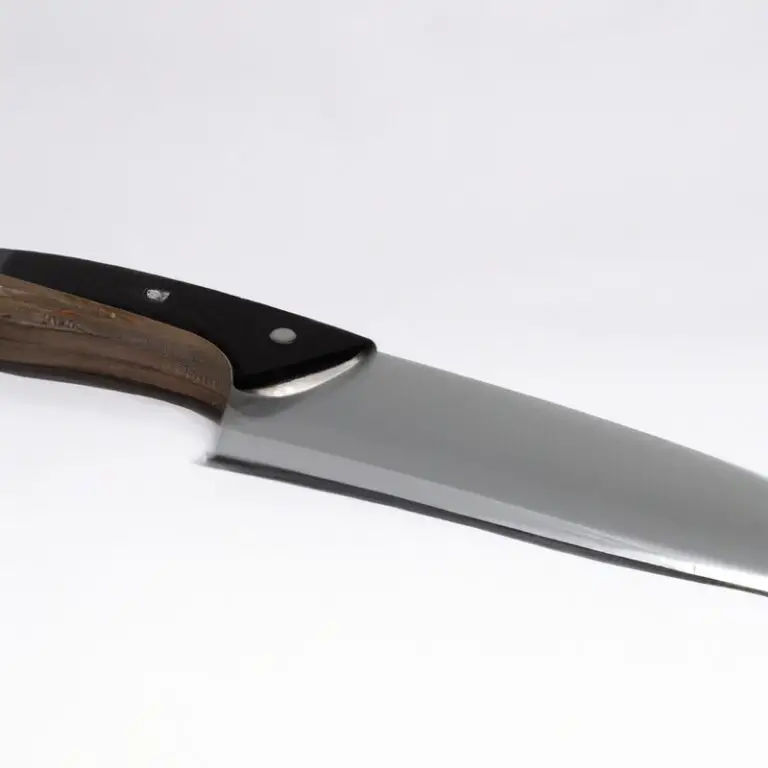How To Fillet a Porgy Using a Fillet Knife Like a Pro?
Key Takeaways:
- Use a sharp fillet knife to cleanly fillet a porgy, taking care to make clean cuts and avoid bones.
- Start by making a cut behind the porgy’s gills and following the fish’s spine down to remove the fillet.
- Use the tip of the fillet knife to cut along the rib cage and remove any remaining bones.
- Practice and patience are key to becoming proficient at filleting a porgy or any other type of fish.
Do you love enjoying porgy but find it difficult to fillet it properly? Don’t worry, you’re not alone.
Filleting a whole fish can seem daunting, but with the right tools and technique, it can become an easy and enjoyable task.
In this article, I’ll guide you through the step-by-step process of filleting a porgy using a fillet knife. From preparing your workspace to properly caring for your knife, you’ll become a pro at filleting porgy in no time.
So, let’s dive in and get started!
| Steps | Description |
|---|---|
| 1 | Start by placing the porgy on a flat surface with its head facing away from you |
| 2 | Insert the fillet knife behind the gills and cut downwards towards the spine |
| 3 | Make an incision along the spine, following the bones towards the tail |
| 4 | Lift the fillet gently and separate it from the bones using the knife |
| 5 | Remove the skin by inserting the knife between the skin and the flesh and cutting it away |
| 6 | Repeat the process for the other side of the porgy |
Essential tools and equipment for filleting a porgy
To successfully fillet a porgy, you will need the following essential tools and equipment:
- Fillet knife – choose a knife with a blade length of around 6-8 inches, and a flexible blade for easy maneuvering.
- Cutting board – preferably made of wood or plastic.
- Tweezers or pliers – for removing any remaining bones.
- Scaler – to remove the scales from the fish.
- Sharpener – to keep your fillet knife sharp for proper use.
- Gloves – to protect your hands from cuts and fish odors.
Having all of these tools ready before starting the filleting process will make the task easier and more efficient, ensuring a successful outcome.
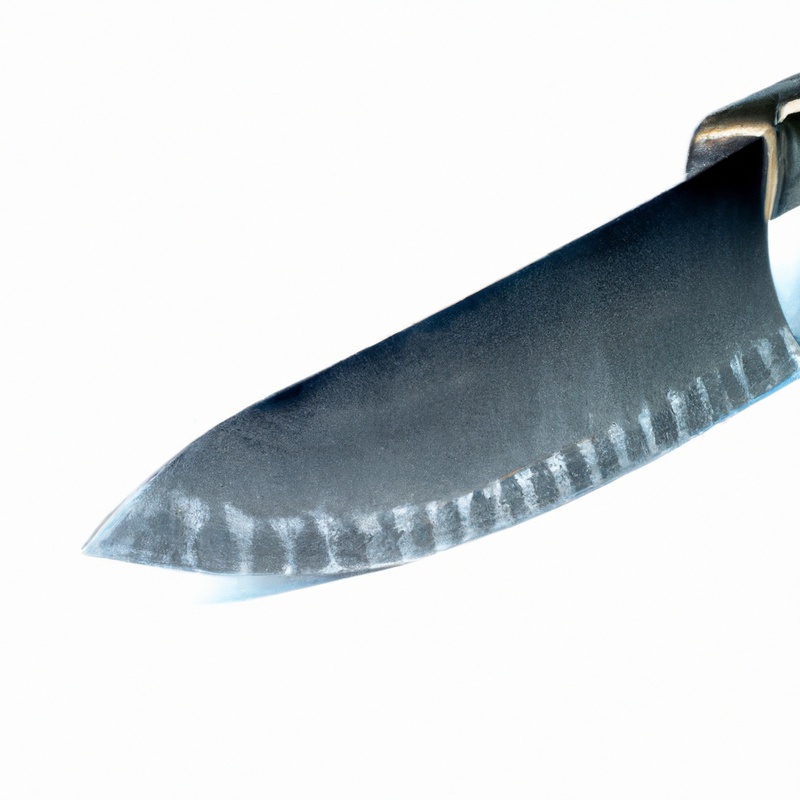
Choosing the right fillet knife based on size and flexibility
When selecting a fillet knife for porgy filleting, there are two vital factors to consider: size and flexibility. A larger blade will make the process more efficient, but a smaller, more flexible blade will offer better precision and control.
Ideally, a 7-9 inch blade with a flexible tip is the best option for porgy filleting.
The flexibility of the blade allows for easier maneuvering around bones, while the length is ideal for larger fish like porgy. It’s essential to choose a high-quality knife with a sharp blade to make the filleting process more efficient.
Additionally, consider the handle of the knife, ensuring it is comfortable to grip and will provide a secure hold even when wet.
Remember to clean, sharpen, and store your fillet knife correctly after every use to ensure it remains in top condition for the next time you fillet a fish.
Preparing the workspace and cleaning the fish
Before starting the filleting process, it is essential to prepare your workspace and clean the porgy properly. Firstly, select a spacious and well-lit area to do the filleting.
Keep a cutting board and a sharp fillet knife handy.
If you are filleting a lot of fish, consider using a fillet table with a built-in sink to rinse the fish. Clean the fish by first scaling it using a scaling tool or a dull knife.
You should scale the porgy from the tail to the head to remove all the scales.
Next, cut off the porgy’s head and its tail using a sharp knife. Then, use scissors to trim the fins.
Turn the fish over, and make a shallow incision at the base of the fish’s head.
Then, cut along the spine towards the tail, making sure that you don’t cut all the way through the fish’s backbone. Once you have reached the end of the fish, turn the knife, and slice through the skin.
Using a sharp fillet knife, remove the skin off the fish.
Hold the tail end of the fillet firmly and slide the fillet knife at an angle between the flesh and the skin of the fish, starting at the tail. Cut along the fillet, removing any bones as you go.
Now the porgy is ready to be filleted.
Remember to keep all working surfaces clean and sanitized throughout the filleting process. Preparing your workspace and cleaning the fish efficiently ensures your fillets will be safe, healthy and restaurant-worthy.
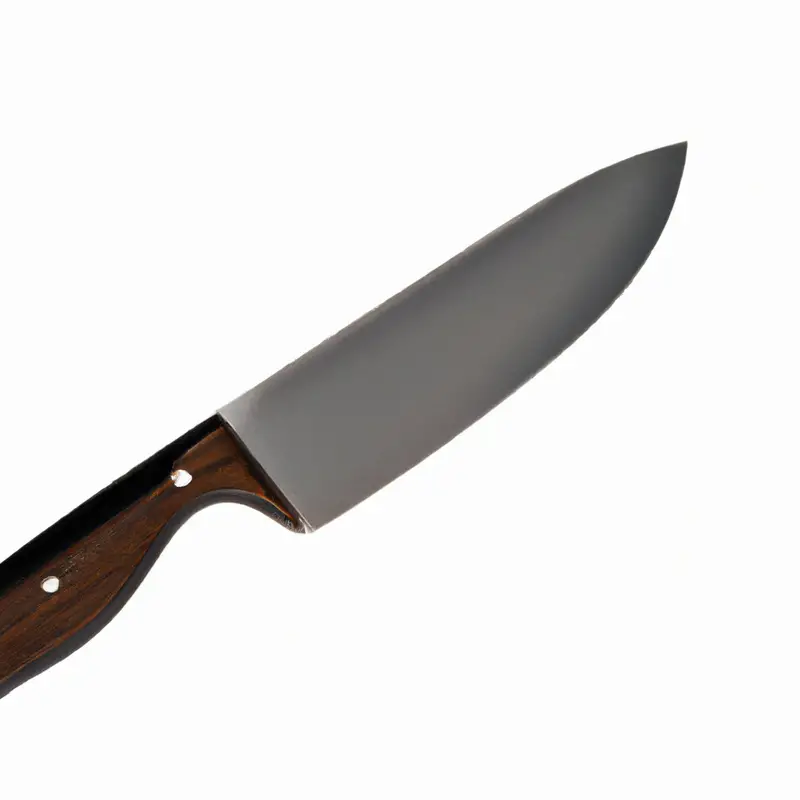
Removing the scales and fins from the porgy
To remove the scales and fins from the porgy, you will need a fish scaler or a spoon and a pair of kitchen scissors. Hold the porgy firmly by the tail and scrape the scales using the scaler or run the back of a spoon against the fish from tail to head.
Be sure to cover all areas of the fish, including the belly, behind the head, and around the fins.
Next, take the kitchen scissors and cut off the fins, including the dorsal fin, pectoral fins, and anal fin. You can also trim the tail accordingly.
Removing the scales and fins from the porgy is important as it preps the fish for filleting and ensures that scales and fins do not end up on your plate when you cook and serve the fish.
Making the first incision and filleting along the top side of the fish
To make the first incision, place the porgy on a flat surface and position the knife behind the head, just below the gill plate. Cut through the skin towards the backbone, but be careful not to cut through the bone.
Turn the blade towards the tail and slide it along the backbone, easing the fillet away from the bone as you go.
Once the fillet is separated from the backbone, use the blade to glide along the ribcage and remove the fillet from the porgy. Be sure to keep the blade against the rib bones to minimize waste and ensure maximum yield from the fish.
Continue to fillet along the top side of the fish until both fillets have been removed.
Be attentive and take your time, ensuring that you are not wasting any flesh from the fish with careless cuts. Remember, the key to successfully filleting a porgy is having a sharp fillet knife and taking your time.
Turning the fish over and filleting along the bottom side
Once you have filleted along the top side of the fish, it’s time to turn it over and work on the bottom side. To do this, hold the fish by the tail and make a deep incision into the meat just behind the gills.
Use the tip of your fillet knife to gently separate the meat from the spinal bones, being careful not to cut through the rib bones.
Once you have created a clean enough edge, slide your fillet knife along the bones to cut through the flesh. Keep the knife close to the bones to avoid wasting any meat.
Continue to work down the length of the fish, pulling the fillet away from the bones as you go.
When you near the end of the fillet, use the tip of your knife to gently remove the remaining meat from the rib bones. Make sure to remove any remaining bones from the fillet once it is detached.
Turning the fish over and filleting along the bottom side can be trickier than working on the top, but practice makes perfect.
Take your time and be patient with each cut to avoid losing any meat or accidentally cutting through bones.
Removing any remaining bones and skin from the fillet
After filleting the top and bottom sides of the porgy, there may still be some bones and skin left on the fillet. To remove them, place the fillet skin-side down on a cutting board and run your fingers along the fillet to feel for any small bones.
Use tweezers or pliers to gently pull them out.
Then, use a fillet knife to remove the skin by making a small slit at one end of the fillet and, while pulling gently on the skin with one hand, slide the knife along the fillet, separating the skin from the flesh. Discard the bones and skin and repeat with the other fillet.
With these bones and skin successfully removed, you can now proceed to cut, cook, or store your porgy fillets.
Trimming and portioning the fillet for cooking or storage
Once you have filleted your porgy, it’s time to trim and portion the fillet for cooking or storing. Using a sharp knife, remove any remaining bones or skin from the fillet.
Then, determine the desired portion size and cut the fillet accordingly.
For example, you could cut it into individual serving sizes or larger portions for a group. If you plan to store the fillet, wrap it tightly in plastic wrap or aluminum foil and place it in the fridge or freezer.
It’s important to properly label and date the package for easy identification later.
When cooking the fillet, consider the recipe and method of cooking to determine how to cut it. For example, if grilling, you may want to keep the fillet in one piece for easier flipping, while if sautéing, you may want to cut it into smaller pieces for quicker cooking.
In summary, trimming and portioning the fillet is an important step after filleting a porgy.
Make sure to cut it according to your desired size and properly store it if needed. When cooking, keep in mind the method and recipe to determine how best to cut the fillet.
Properly caring for and sharpening your fillet knife
Properly caring for and sharpening your fillet knife is crucial for successful fish filleting. Here are some tips to keep your knife in top condition:
- Clean your fillet knife thoroughly after each use with soap and water. Dry it completely to prevent rusting.
- Store your knife in a dry place and protect the blade with a sheath or blade cover.
- Avoid using your fillet knife for any other purpose than filleting fish. Other tasks can dull or damage the blade.
- Regularly sharpen your fillet knife with a sharpening stone or sharpening tool to maintain its sharpness. Dull knives can slip and cause accidents.
- Consider using a honing rod to maintain the knife’s edge between sharpenings.
Taking proper care of your fillet knife will extend its lifespan and make filleting fish easier and safer.
Tips and tricks for efficient and effective porgy filleting
Here are some tips and tricks for efficient and effective porgy filleting:
- Use a sharp fillet knife: A dull knife can damage the flesh and make filleting difficult. Sharpen your fillet knife before use and keep a sharpening tool on hand while working.
- Begin with the right technique: Make a shallow cut along the top of the fish, then flare the knife out and glide it down the backbone. Once the fillet is free, repeat the process on the other side. A good technique makes filleting faster and easier.
- Work in a clean environment: A messy workspace makes filleting difficult and can lead to contamination. Have a clean and organized workspace before beginning.
- Take care when removing the skin: Use the weight of the fish to pull away the skin, rather than the force of your knife, to prevent damage to the fillet.
- Use a steady hand: Keeping a steady hand while filleting is important. Keep your elbows close to your body and use a firm grip on the handle.
- Don’t be afraid to experiment: Try different techniques and styles of filleting to find what works best for you. Practice builds confidence and skill.
By following these tips and tricks, you can ensure an efficient and effective porgy filleting process, resulting in a delicious fish fillet for cooking or storage.
Final Verdict
Filleting a porgy can seem like a daunting task at first, but with the right tools and techniques, it can become a breeze. Choosing the appropriate fillet knife, setting up a clean workspace, and filleting with precision are some key steps to keep in mind.
Remember to take your time and practice often to master the art of porgy filleting.
By following the tips and tricks outlined in this article, you will be able to fillet a porgy like a pro. Keep your fillet knife well-maintained and sharp, and you’ll be ready for many successful filleting sessions ahead.
With these skills, you can prepare fish fillets that are not only beautiful but also delicious to eat.
Happy filleting!

